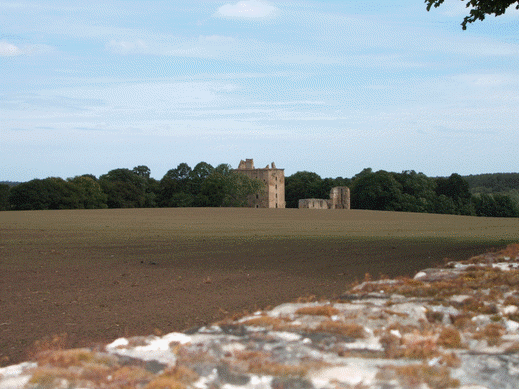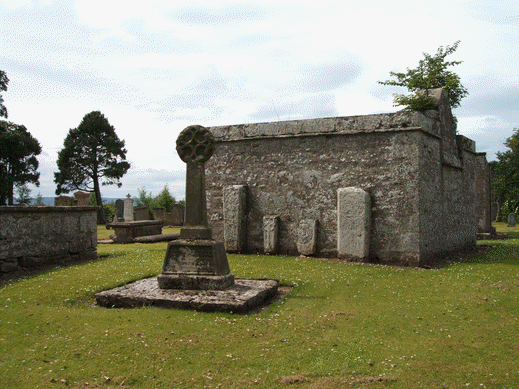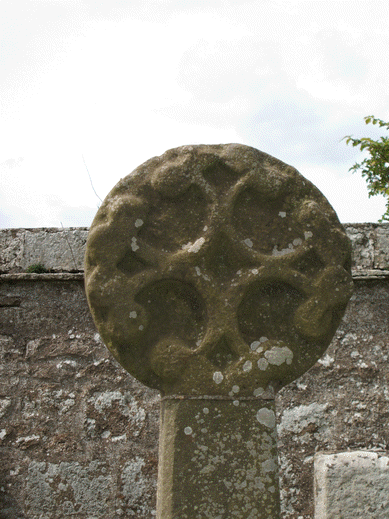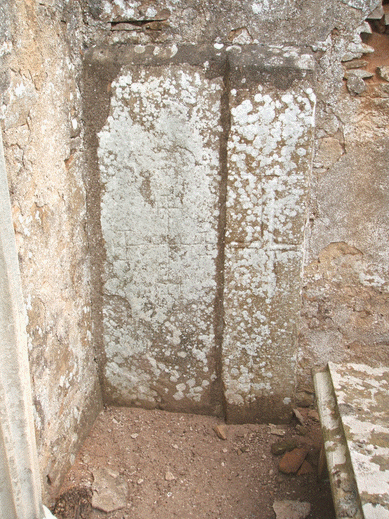 |
Spynie |
 |
Associated Chapels: Kintrae.
OS Ref: NJ 228655 RCAHMS No: NJ26NW 9
Along with Kineddar and Birnie, the ancient church at Spynie was used, on occasion, by the then bishops as their cathedral. Indeed, the barony of Spynie was a place of considerable import in early days since it was to become the seat (palace) of the medieval bishops of Moray; it was an important sea-port, the sea extending in these days to cover what is now drained marsh land to the north; the church was one of the larger ones in the area. These lands are still in the hands of the Brander-Dunbar family, lairds of Pitgaveny, from whom Branderburgh (the old Seatown of Lossiemouth) is named and it was they who set about draining and improving the lands. Today, only the Loch of Spynie remains to mark this arm of the sea, but the Spynie Canal must still be maintained in order to keep the lands from flooding again. It is an interesting thought that has, perhaps, no place here, to wonder what will happed if the sea levels rise as a result of global warming! Perhaps the sea will return.
|
|
|
The Bishop's Walk from Spynie Church to the Bishop's Palace. |
The church was dedicated to the Holy Trinity (as was Elgin Cathedral) and was certainly being used as the cathedral in 1207. However, it was, eventually, considered to be too remote from the largest centre of population at Elgin and, in 1224, the cathedral was transferred to the church of the Holy Trinity at Elgin - interestingly, the parish church was not chosen for the new cathedral. I can only imaging that this was partly, if not wholly, due to the availability of land for the considerable number of buildings associated with a cathedral - its chanonry - land which may not have been available in the township.
The Palace of Spynie continued to be the principal seat of the Bishops up to the Reformation and it has a fascinating history of its own. Sadly, this is outwith the remit of this present work and the student is directed to the many publications which exist detailing its history.
The head of a Gothic cross has been raised on a pillar in the churchyard to mark the supposed site of the eastern end of the ancient church. Doubt exists as to whether this was a cathedral cross or a market cross of later date.
|
|
|
|
Looking west towards the cross which marks the eastern end of the ancient church. |
Detail of the cross-head |



